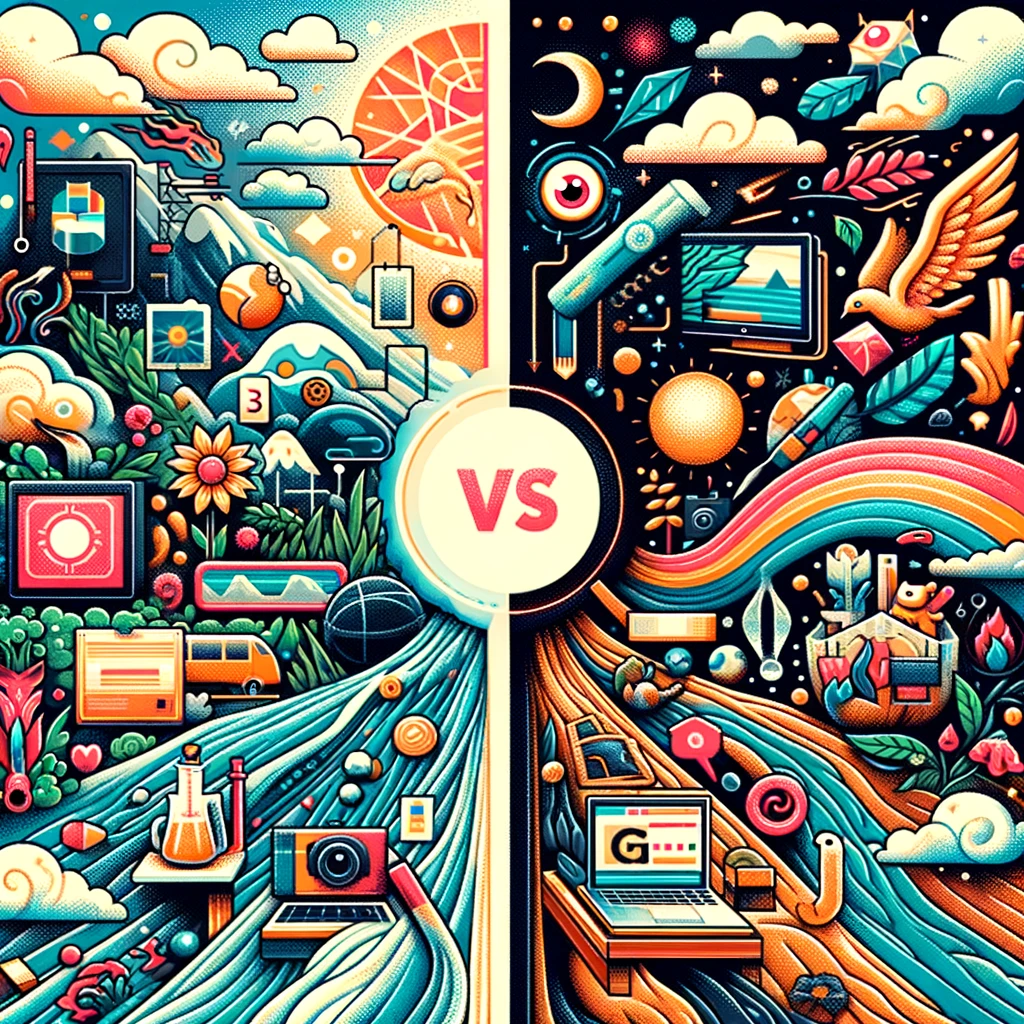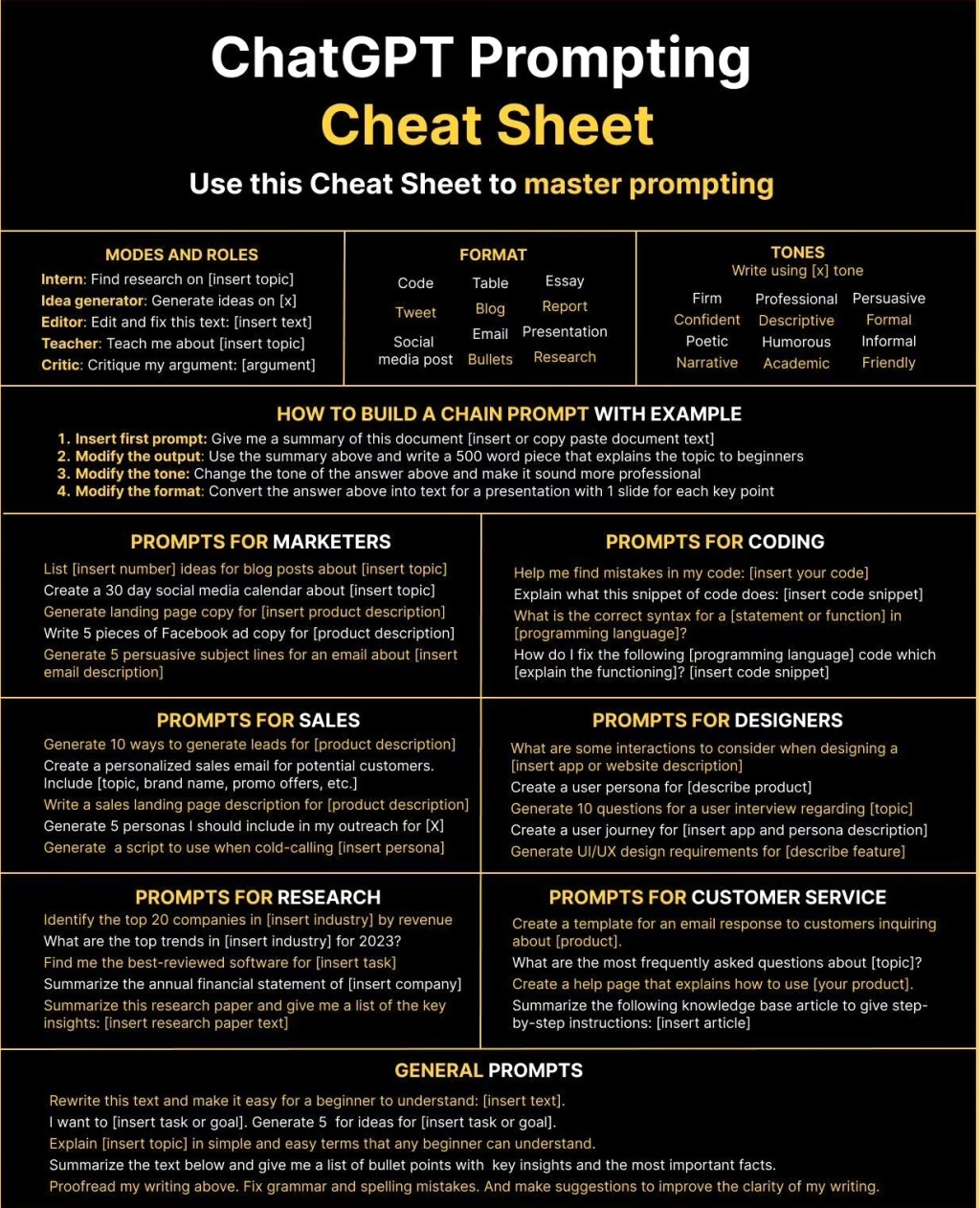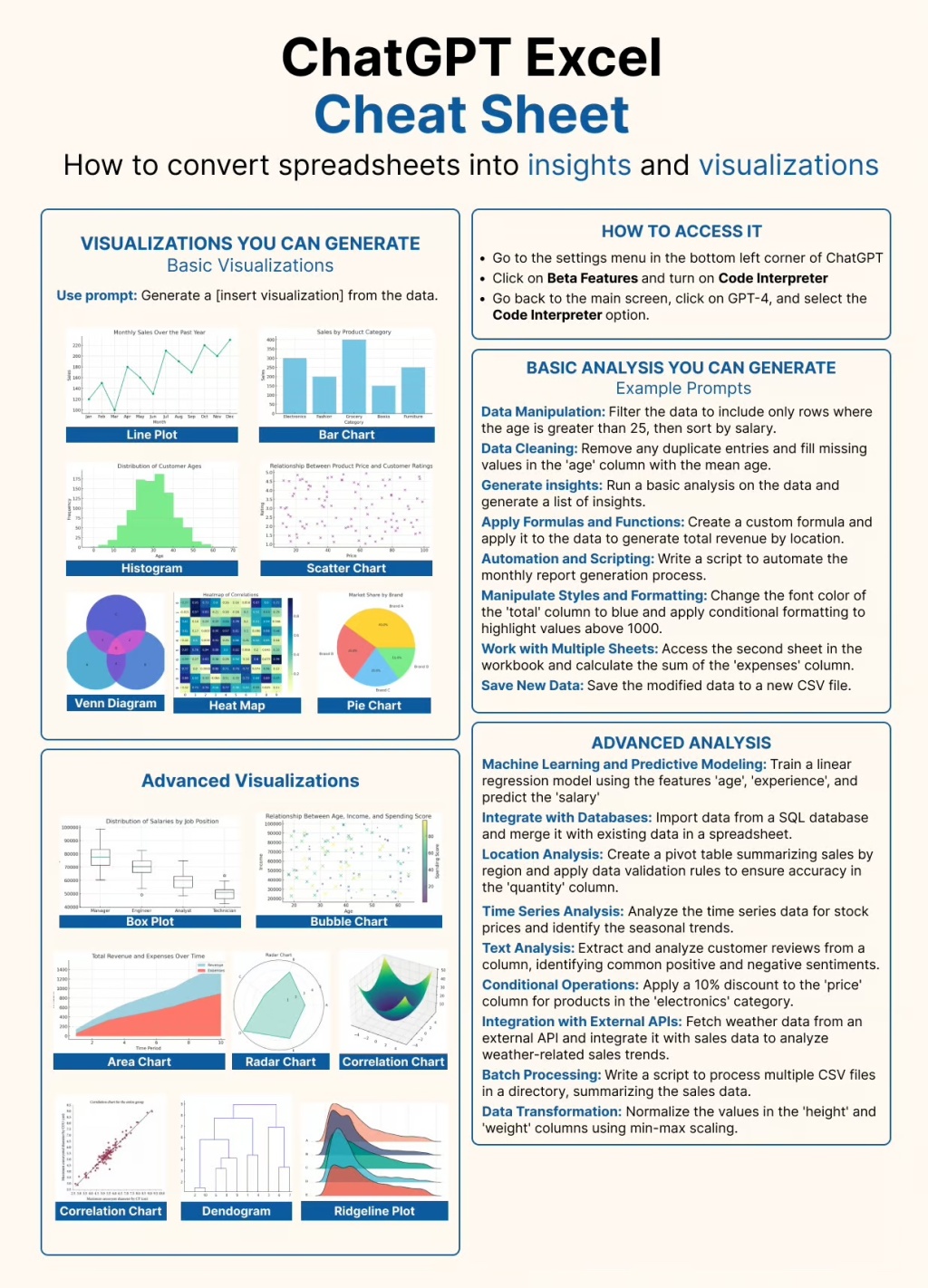
Whenever it comes to choosing which image format to use, you should be aware of the fact that there are many options to choose from. You can opt for a GIF or JPEG format. You can also go for a lossless raster format, like PNG or SVG.
GIF vs JPEG
Depending on the purpose of your image, you may need to decide between the GIF vs JPEG formats. They both offer the same basic functions, but one may be better for you. They also both have different pros and cons.
The GIF is a lossless compression file format that works best for graphics. It uses an LZW compression algorithm to compress the image, and it’s one of the smallest image formats. It’s also useful for animation and transparency, and it holds timing information for each frame of animation.
The JPEG is a lossy compression file format that works best for photographs. It’s an easy way to store and share multiple digital photos. It also makes efficient use of storage space. JPEG files are viewable across a wide range of operating systems, and they’re usually the format of choice for most consumer digital cameras. The JPEG format also offers many options for adjusting image quality, allowing you to set the compression from 0% to 100%.
Scalable Vector Graphics (SVG)
Using Scalable Vector Graphics (SVG) is a great way to improve the appearance of your web pages. Compared to JPEG or PNG, this file format provides better quality and a better way to decorate the user interface. Using SVG files, you can create images that can be indexed, searchable, and compressed. Unlike raster graphics, SVGs can be animated with CSS.
A scalable vector graphic is a file format that uses mathematical formulas to define colors, sizes, and shapes in an image. The format is designed to be flexible and can be scaled to any size without losing quality. The file can be edited in a number of graphic editing programs.
The most common use of SVG files is for web design. However, the format has been used for printing, illustration, and other graphic design.
Lossless raster format
Choosing the right lossless raster format can help you get the best quality possible without overpaying. Choosing the wrong format can result in pixelated images, which can make text difficult to read. The right format can help you make the most of your image and ensure it will look great on your computer or mobile device.
There are two main types of lossless raster formats, JPEG and PNG. Each format uses a different technique to reduce the amount of colors in your image. Each is suitable for different types of work. The most common uses for PNG include blog graphics, coupons, and infographics. This format is also popular among mobile users because it’s faster to write and read.
JPEG is a good choice if you need to email a picture. This format is a safe choice because it’s widely supported by the major operating systems. You’ll also be able to take advantage of its features such as a sliding scale of compression.
Support for transparent backgrounds
Creating an image with a transparent background isn’t easy. The best format to use is PNG. It will save you money and deliver high quality. PNG files can be easily shaped and sized. They are perfect for logos, watermarks, and signatures. They can also integrate well with the design of your website.
To create an image with a transparent background, you will first need to create an alpha mask. You can do this manually by deleting parts of the image. Or, you can use a tool like Picsart Editor. The editor can save you time by automatically converting your JPEG to PNG. Its transparent PNG files will also retain their quality.
Another option for creating a transparent image is to save it as a GIF. This is especially useful for logos and illustrations that don’t include gradients.
Conclusion
Using the right file format for your web graphics will improve your user experience and optimize your website performance. JPEG and PNG are two of the most commonly used image formats. Each format has its own strengths and weaknesses. These differences make them suitable for specific uses.
PNG is a lossless compression format that prevents image distortion. JPEG on the other hand, uses lossy compression. This method of compression removes less important frequencies from the image. This decreases the quality of the file. The lossy compression process is effective for larger images. However, it will reduce the quality of smaller images.
PNG files are typically larger than JPEG files. PNG files can support up to 16 million colors. They also support transparency, which is useful when storing images that are to be displayed in light backgrounds. There is no one fits all. Each one can be better depending on use case.





Leave a comment